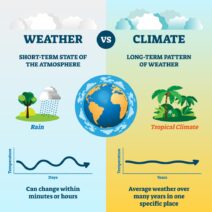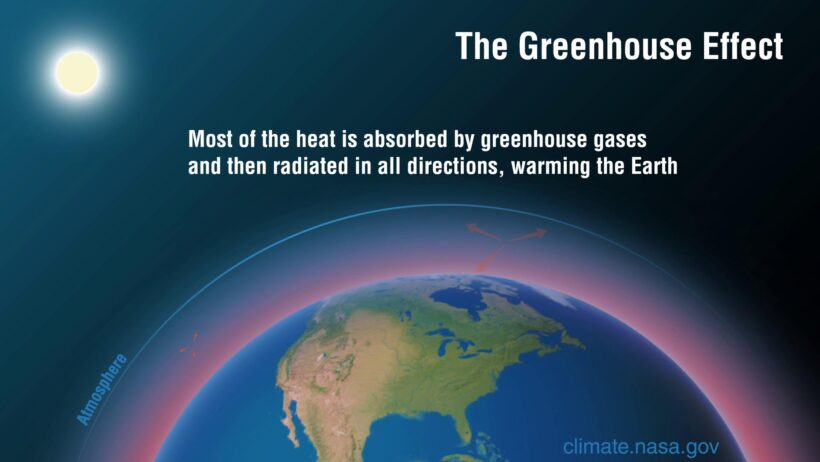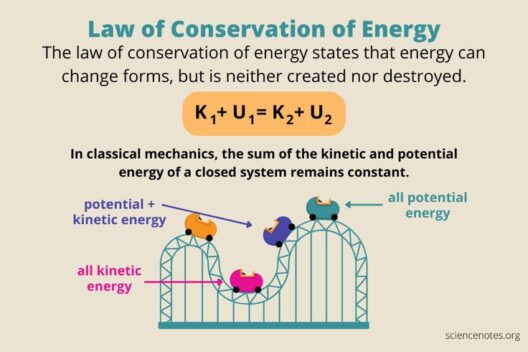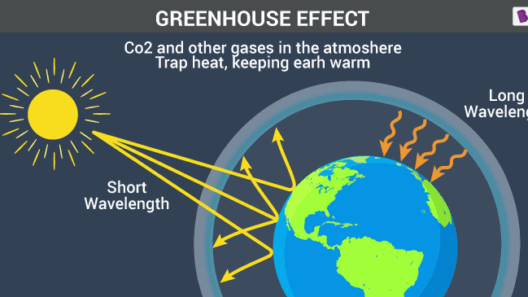Have you ever gazed at the night sky, pondering which celestial body embodies the greenhouse effect most prominently? While Earth is our home, the planet that truly epitomizes the greenhouse phenomenon is none other than Venus.
Venus, the second planet from the Sun, is often dubbed “Earth’s twin” due to its similar size and composition. However, this description can be misleading. The extreme climate of Venus starkly contrasts the temperate conditions of Earth, standing as a celestial testament to the perils of an unchecked greenhouse effect. What does this mean for our understanding of climate dynamics? Let’s embark on an in-depth exploration.
Understanding the Greenhouse Effect: Mechanisms and Consequences
At its core, the greenhouse effect is a natural process that warms the Earth’s surface. Solar radiation is absorbed by the planet and subsequently re-emitted as infrared energy. Greenhouse gases like carbon dioxide, methane, and water vapor trap some of this infrared radiation, retaining heat within the atmosphere. This phenomenon is crucial for maintaining a habitable climate. Yet, how does this process manifest so catastrophically on Venus?
The atmosphere of Venus is a staggering 96.5% carbon dioxide, with thick clouds of sulfuric acid. This composition is a far cry from Earth’s balance of gases, primarily nitrogen and oxygen. The high concentration of greenhouse gases on Venus amplifies the greenhouse effect, leading to surface temperatures soaring to about a blistering 900 degrees Fahrenheit (475 degrees Celsius). Thus, while greenhouse gases are vital for life on Earth, their overwhelming presence on Venus creates an insurmountable challenge for habitability.
Climatological Comparisons: Earth and Venus Detoxified
When comparing climates, it’s illuminating to consider the similarities and differences between Earth and Venus. Earth enjoys a delicate balance which facilitates life, while Venus finds itself entangled in a vicious cycle of heat accumulation. This raises an intriguing question: What if Earth were to adopt policies akin to those observed on Venus?
Venus lacks bodies of water that could moderate temperature, as seen on Earth. With no carbon cycle or organic life forms to regulate atmospheric gases, Venus reveals the terrifying potential of a runaway greenhouse effect. Methane and carbon emissions on Earth should enhance awareness of our fragility in the context of climate change. Humanity’s continuous reliance on fossil fuels pushes us closer to a Venus-like predicament. Exploring this catastrophic scenario, one must wonder: could we inadvertently replicate Venus’s fate through neglect and mismanagement of our environment?
A Glimpse at Venusian Weather: The Wrath of the Greenhouse
The weather phenomena on Venus are incredibly hostile. High-pressure systems settle over the planet, and a perpetual cloud cover enshrouds the surface, reducing visibility to mere meters. Surface winds, powerful enough to uproot trees, whip around the planet at 60 kilometers per hour (37 miles per hour). Furthermore, an acidic rain derived from sulfuric acid clouds contributes to the corrosive environment.
The striking contrast to Earth, where water cycles ensure life-sustaining ecosystems, serves as a cautionary tale. The heavy pressure on Venus—about 92 times that of Earth’s atmosphere—along with its extreme heat, presents a perfect storm of inhospitable conditions. This environment poses the thrilling, yet sobering, challenge for scientists: could we ever terraform Venus to support human life? Such an endeavor seems almost fanciful but fuels discourse about planetary engineering, asking us to consider the ethical implications of altering atmospheres.
Exploring the Lessons of Venus: Implications for Earth’s Climate Policy
What can the study of Venus teach us as stewards of our planet? The importance of understanding climate systems is paramount. As Earth’s inhabitants are confronted with increasing atmospheric carbon levels, policymakers grapple with the need for urgent climate action. Policies focused on sustainable energy, carbon neutrality, and conservation become essential. Implementing transition strategies to diminish reliance on greenhouse-gas-emitting technologies can be viewed not merely as an option but as a necessity.
Furthermore, media and educational platforms illuminate the stark difference between Venus and Earth. By raising awareness and creating dialogues, humanity can navigate towards sustainability instead of stagnation. This imperative engagement beckons individuals and communities to adopt environmentally conscious practices, fostering a new paradigm of responsibility.
The Future of Extraterrestrial Life: A Celestial Conundrum
Finally, pondering life beyond our planet brings us back to the question of habitability. While Mars captures our fascination due to its proximity and potential for water, Venus presents an entirely different challenge. The harsh environment raises profound inquiries about life forms that could exist in such extreme conditions. Could there be extremophiles thriving in the sulfuric acid clouds, enduring temperatures and pressures far beyond our comprehension? This enigma encourages further exploration of our solar system, harnessing the power of science and curiosity.
In conclusion, Venus serves as a stark representation of the greenhouse effect’s potential ramifications, dissecting the architecture of atmospheric interactions and their critical role in planetary health. Humanity’s future hinges on how we comprehend and respond to climate dynamics, learning from Venus’s tale of excess and desperation. Just as Venus stands as a distinct sentinel in our solar system, we must rise as vigilant protectors for our Earth, embarking on a mission to harmonize with our environment before it becomes impaired beyond recognition.








